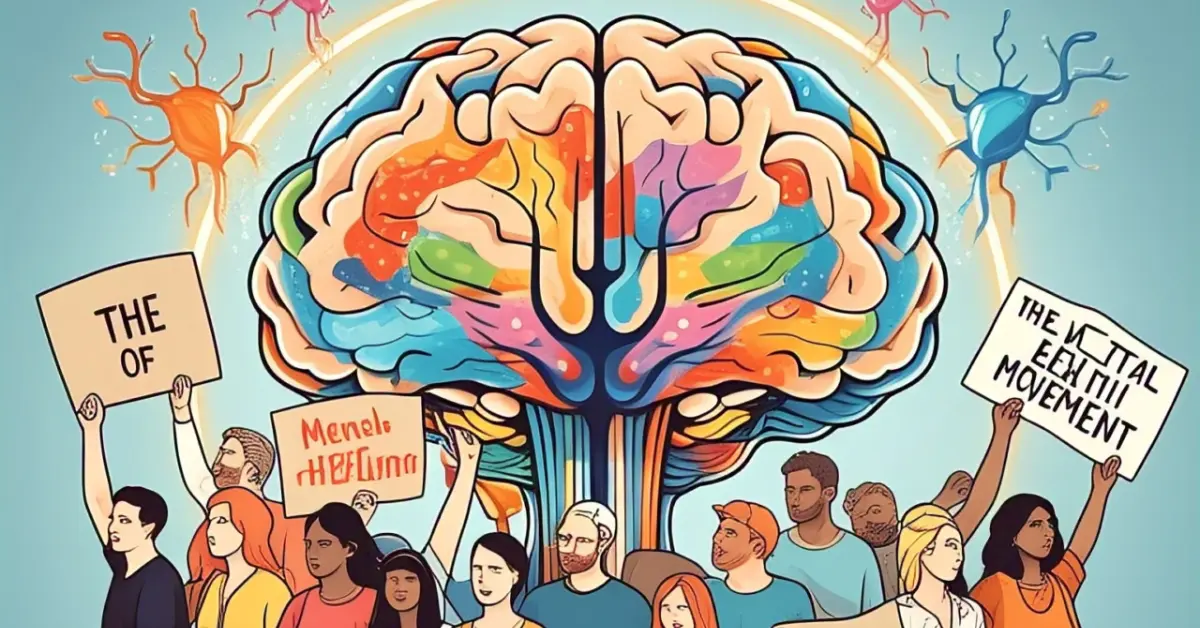Visual storytelling has become an essential component of digital marketing, allowing businesses to convey complex messages effectively and engage their audience emotionally. Optimizing images for search engine optimization (SEO) is crucial to enhance visibility, drive traffic and boost conversions. In this article, we’ll delve into the world of visual storytelling, exploring the importance of image optimization for SEO and providing actionable tips to elevate your visual content.
Why Visual Storytelling Matters
Visual storytelling has revolutionized the way businesses communicate with their audience. Here are some compelling reasons why visual storytelling is essential:
- Captivates Audience: Visual content captures attention, evokes emotions and fosters connection with viewers.
- Conveys Complexity Simply: Images simplify intricate concepts, making information easily digestible.
- Boosts Engagement: Visual storytelling encourages sharing, liking and commenting on social media platforms.
- Enhances Brand Identity: Consistent visual branding reinforces recognition and loyalty.
- Improves SEO: Optimized images improve search engine rankings, driving organic traffic.
Understanding Image SEO
Image SEO involves optimizing images to rank higher in search engine results pages (SERPs). Here’s what you need to know:
- Image File Names: Use descriptive, keyword-rich file names (e.g., “sustainable-fashion-trends-2024.jpg”).
- Alt Text: Provide concise, descriptive alt text for visually impaired users and search engines.
- Image Compression: Reduce file size without compromising quality to ensure faster page loads.
- File Formats: Choose suitable formats (JPEG, PNG, WebP, SVG) based on image type and quality requirements.
- Caption and Description: Add context with captions and descriptions, enhancing user experience and SEO.
Actionable Tips for Optimizing Images
Here are actionable tips to enhance your visual storytelling and image SEO:
1. Keyword Research
- Identify relevant keywords using tools like Google Keyword Planner, Ahrefs or SEMrush.
- Incorporate primary keywords in file names, alt text and captions.
2. High-Quality Images
- Use high-resolution images (minimum 1000px width) for clarity and versatility.
- Ensure consistent branding across images.
3. Image Compression Tools
- TinyPNG
- ImageOptim
- ShortPixel
- (link unavailable)
4. Alt Text Best Practices
- Keep alt text concise (<125 characters).
- Describe image content, including primary keywords.
- Avoid keyword stuffing.
5. Contextualize Images
- Use captions to provide context (max 250 characters).
- Add descriptive text near images.
- Ensure image relevance to surrounding content.
6. Mobile-Friendliness
- Ensure images are responsive and adaptable to mobile devices.
- Test mobile performance using Google’s Mobile-Friendly Test.
7. Image Sitemaps
- Create image sitemaps to help search engines discover images.
- Submit sitemaps to Google Search Console.
Technical Optimization
Technical optimization plays a vital role in image SEO:
- Lazy Loading: Defer image loading until viewed, improving page speed.
- CDNs: Utilize Content Delivery Networks (CDNs) to distribute image files efficiently.
- Image Caching: Leverage browser caching to reduce reloads.
- Next-Gen Formats: Adopt modern formats like WebP and AVIF for better compression.
Measuring Success
Track key metrics to evaluate image SEO effectiveness:
- Image Search Visibility: Monitor rankings and impressions.
- Organic Traffic: Analyze traffic driven by optimized images.
- Engagement Metrics: Track likes, shares, comments and time spent on pages.
- Conversion Rates: Measure impact on sales, sign-ups or desired actions.
Visual Storytelling Tools
Leverage these tools to create compelling visual content:
- Adobe Creative Cloud: Industry-leading graphic design and editing software.
- Canva: User-friendly graphic design platform.
- Sketch: Digital design tool for user interface (UI) and user experience (UX) design.
- Pixlr: Free online photo editor.
Conclusion
Visual storytelling, combined with strategic image optimization, can significantly enhance your online presence. By implementing these actionable tips and best practices, you’ll:
- Elevate your brand’s visual identity
- Improve search engine rankings
- Drive organic traffic
- Boost engagement and conversions



